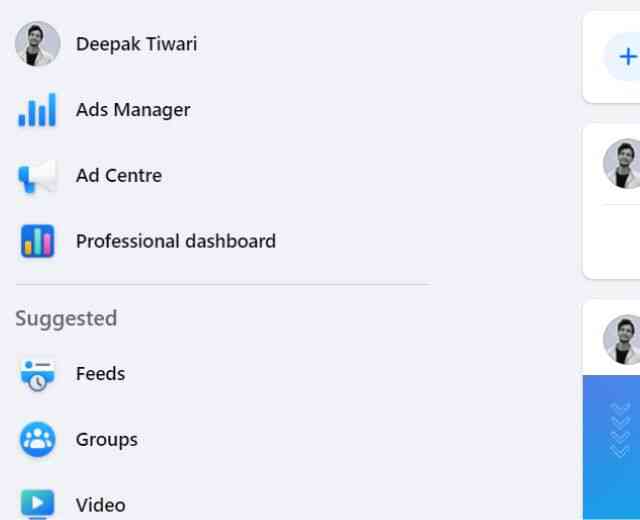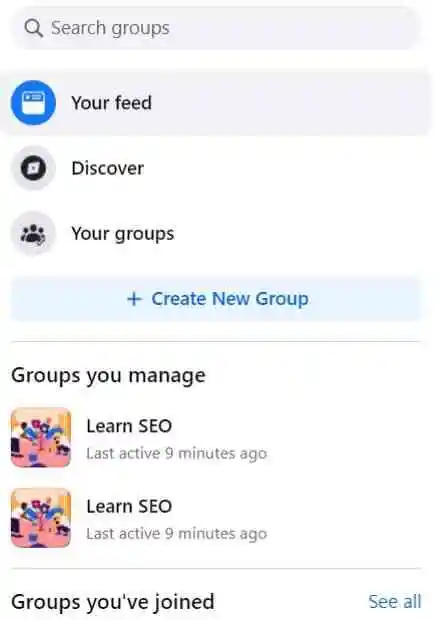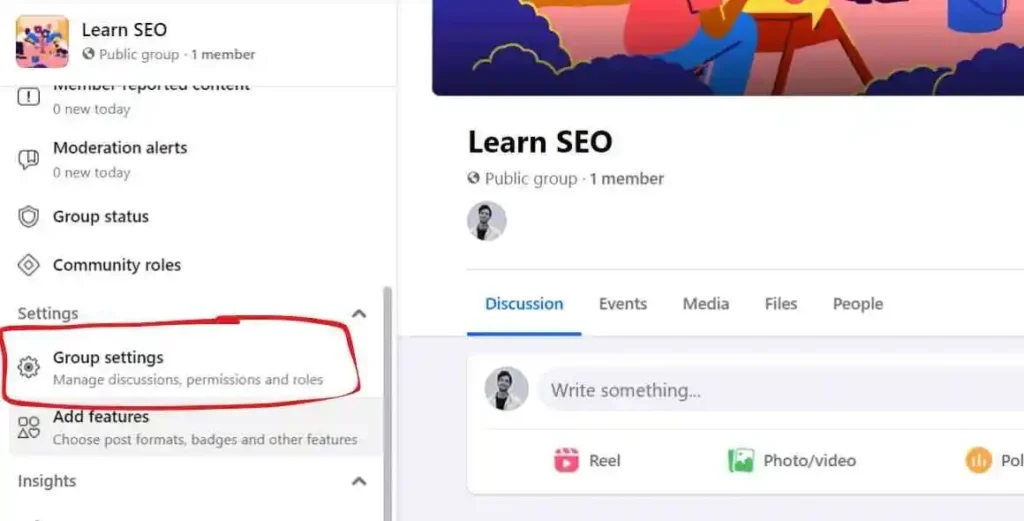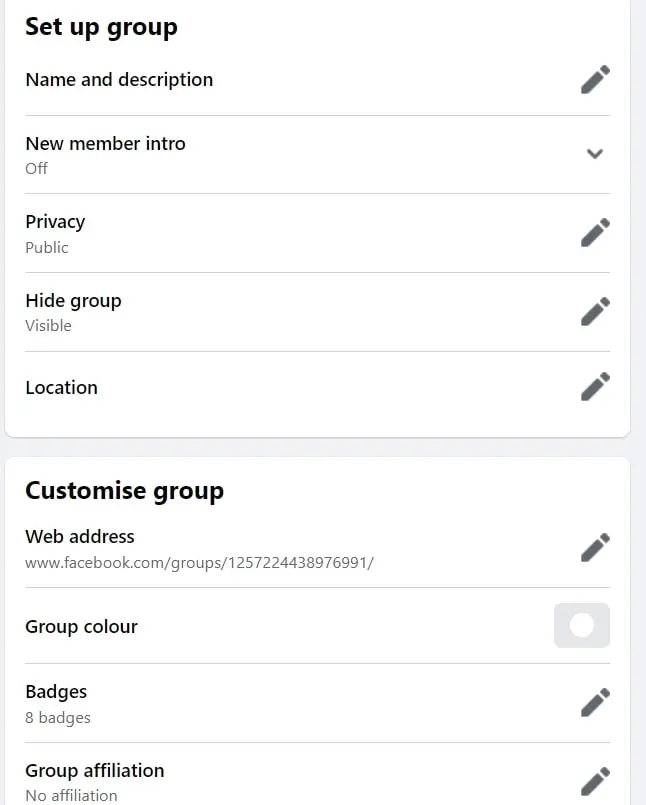Facebook groups have turned into now online communities where users tie in, sharing and chatting about their interests. If you are managing a hobby group, a professional network, or even a support community, it is crucial for the settings of your communities to evolve with them.

In this article, you will read a step-by-step guide on how to edit a private group on Facebook as it’s important that you keep active and managed with these editing on your Facebook Group. Editing a Facebook private group involves updating its description, moderating members, and setting some rules to respect the good mood.
Table of Contents
1. Accessing the Group Settings
To edit your private group you must be an admin of the group. Here are the steps to reach in settings:
- Log in to Facebook: Sign in to your Facebook account.
- Navigate to Groups: Click on the “Groups” tab in the left-hand menu or use the search bar to find your specific group.

- Select the Group: Choose the private group you want to edit.

2. Editing Group Information
Once you are in the group, you can update a variety of different aspects to keep the information relevant and updated.
- Group Settings:
- Right-hand side of the page you will see a menu scroll down and Click on the “Group setting”

- Group Name and Description:
- Modify your group’s name as needed. The description should provide clear information about what the group is for, what will happen if someone breaks any rules, etc, and even more details. A good description sets an example of how members should behave and what they can expect from this group.

- Location and Tags:
- Adding the location and tags can greatly increase the likelihood of the group and it will catch on with potential members whose interests are similar to yours. Thoughtful tagging will substantially increase your group’s visibility among your target audience.
3. Managing Membership
It is important to handle your group’s membership well, for that can ensure the integrity and quality of content
- Membership Approval:
- Decide whether or not an administrator must approve newcomers to your group. The point is control.
- Membership Questions:
- When new members join the group, you can combine some questions that need to be answered first. This helps see whether they share your interests and whether the group will be valuable to them.
- Assigning Roles:
- Under the “Members” tab, you can assign roles like an operator to maintain order and control in the group. This Division of work makes it possible for the combined operation to be properly controlled at all times. Members have much less work if you keep them to their places and things are easier to manage.
4. Content Moderation and Guidelines
Set group rules to maintain a positive and constructive environment.
- Post Approval:
- This function is the best solution for managing content quality in large groups. Such groups may be hard to control as the number of postings increases further due to their size.
- Group Rules:
- Place rules of posting and commenting, in order to make everyone understand the group discipline. Pinning a post with the rules and including the rules in the group description is a good idea. Display Group Rules on the information page and on a poster with Big Words.
- Activity Monitoring:
- Using the activity log to monitor posts, comments, and member activity. This can help to track if the group rules are being followed, as well as check up for necessary action against offenses.
5. Enhancing Group Engagement
Facebook offers various features that can help increase engagement and enhance of the group experience.
- Announcements:
- You can use the announcements feature to pin some main posts to the top of your group’s feed where all current and new members are guaranteed watch it. Announcements are also a useful place for announcements and alerts like “This event sold out,” and any important guidelines that need to be shared.
- Group Badges:
- You can activate badges to acknowledge who is particularly active, who has involved new blood, and also who provides a primal contribution. This way more people will get involved to your group. Upon successful consumption of badges, members are all the more motivated to participate.
- Organizing Content:
- Using these to group to upload original content, whether it be educational or a consumed resource, makes it possible for members to find and access information.
6. Utilizing Advanced Features
Facebook provides several advanced features to help you manage your group more effectively:
- Group Insights:
- The group insights help you to understand how many members are active in a group at any given time. Moreover, these insights can also throw light on what content type your audience living the most and how to improve their return engagement.
- Scheduled Posts:
- Scheduled posts automatically publish your content on the time you set to post.
- Live Videos:
- Live videos, on the other hand, allow you to interact with your members in real-time. Some live sessions can be used for Q&A, announcements are made and discussed interactively: With this, the community starts to take shape more strongly.
Conclusion
To maintain a Facebook group that is alive and well, Regular updates and management are necessary. Follow these steps to edit group settings, manage membership, enforce rules, and use Facebook’s features and you could create a well-running Facebook group.
Your responsible participation as a group admin is essential for encouraging all interactions and it also fits the group’s sense of purpose. Continue to keep trying out brand-new features and strategies to improve your group’s atmosphere and satisfaction for the group members.
